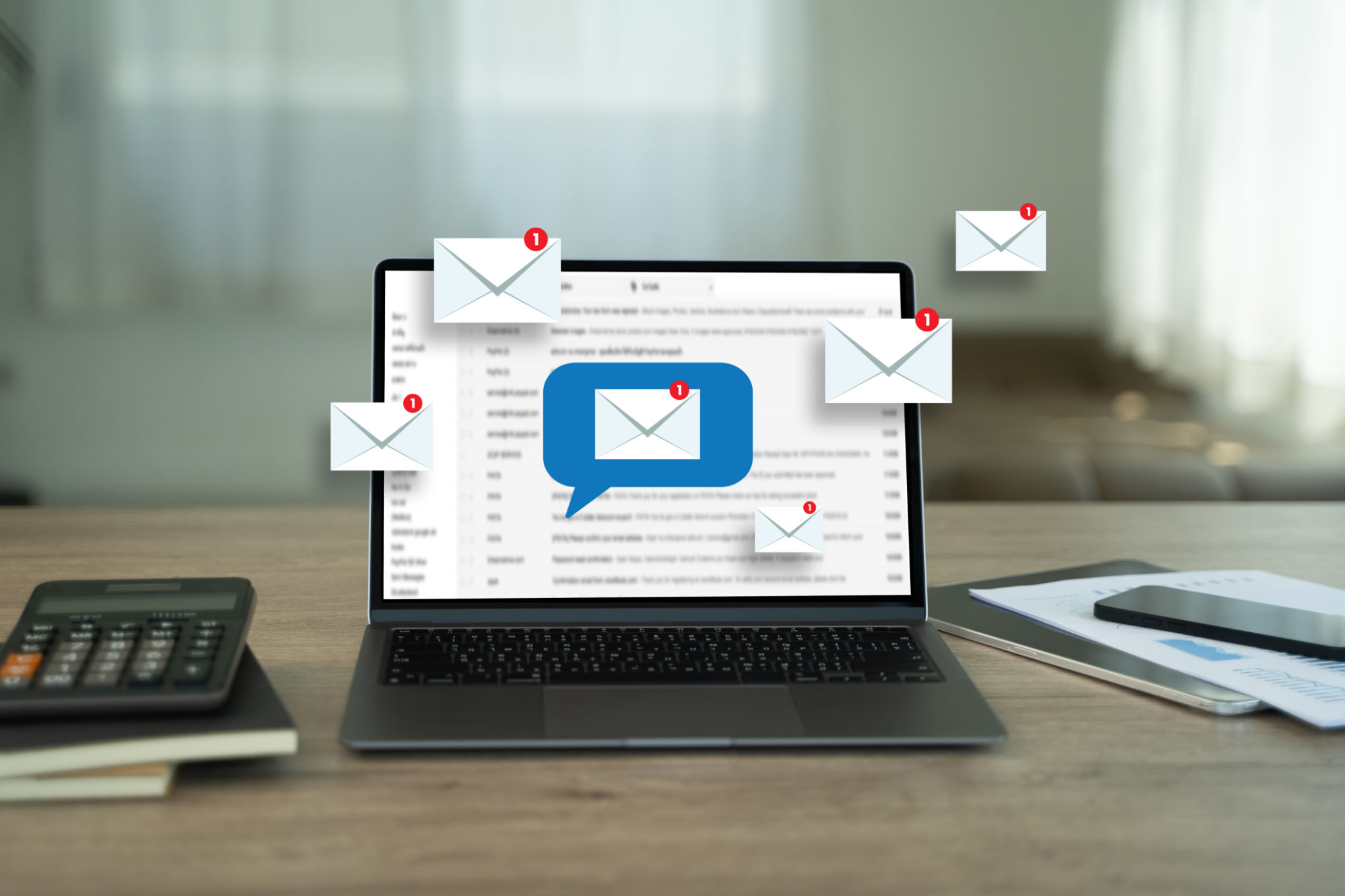Mastering Inbox Placement: Tools and Techniques for Success
Understanding Inbox Placement
In the realm of email marketing, ensuring that your emails land in the recipient's inbox rather than the spam folder is crucial for successful campaigns. This process, known as inbox placement, requires a blend of strategies and tools to optimize deliverability and engagement. By mastering these techniques, businesses can significantly enhance their communication with customers and prospects.

Importance of Email Deliverability
Email deliverability is more than just sending an email and hoping it reaches the intended audience. It's about ensuring your messages are not only delivered but also seen and engaged with. Poor deliverability can lead to decreased open rates and, ultimately, lost opportunities. Understanding the factors affecting deliverability is the first step toward effective inbox placement.
Tools for Monitoring Inbox Placement
Several tools are essential for monitoring and improving your inbox placement. These tools help identify issues that might be hindering your emails from reaching the inbox and provide insights into how they can be resolved. Commonly used tools include:
- Mail Tester: This tool checks your email for factors that could affect deliverability, such as spam score, broken links, and HTML errors.
- Sender Score: It analyzes your sender reputation, giving you an idea of how Internet Service Providers (ISPs) perceive your emails.
- GlockApps: A comprehensive tool that tests your email placement across various ISPs and provides detailed reports.

Improving Sender Reputation
Your sender reputation is a critical component of inbox placement. ISPs evaluate your reputation based on factors such as bounce rates, spam complaints, and engagement levels. To improve your sender reputation, focus on maintaining a clean email list by regularly removing invalid addresses and encouraging subscribers to mark your emails as 'safe' or 'not spam'.
Engagement-Based Strategies
Engagement metrics play a significant role in determining inbox placement. ISPs often use these metrics to gauge the value of your emails to recipients. Strategies to boost engagement include:
- Segmenting Your Audience: Tailor content to different segments of your audience to increase relevancy and engagement.
- Personalization: Use recipient data to personalize emails, increasing the likelihood of opens and clicks.
- A/B Testing: Experiment with different subject lines and content formats to discover what resonates best with your audience.

The Role of Authentication Protocols
Email authentication protocols, such as SPF, DKIM, and DMARC, are vital in proving the legitimacy of your emails. These protocols help prevent phishing attacks and improve deliverability by authenticating that the email truly originates from your domain. Implementing these protocols is a key step in mastering inbox placement.
Conclusion: Continuous Optimization
Mastering inbox placement is not a one-time task but an ongoing effort. Regularly monitoring your metrics, updating strategies, and staying informed about changes in email marketing trends will ensure that your campaigns remain effective. By leveraging the right tools and techniques, you can achieve consistent success in reaching and engaging your audience through email marketing.